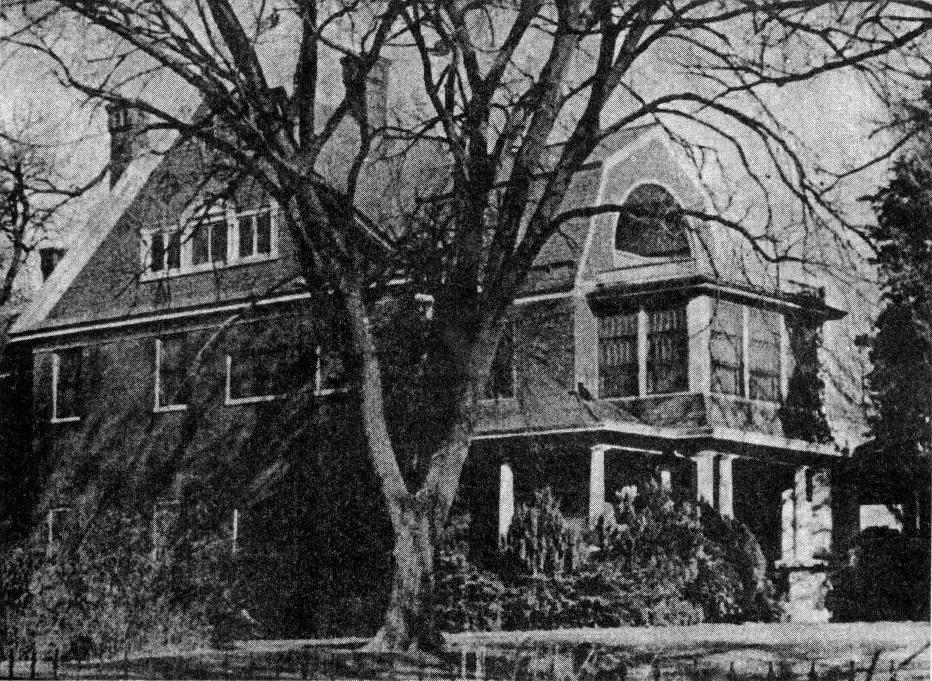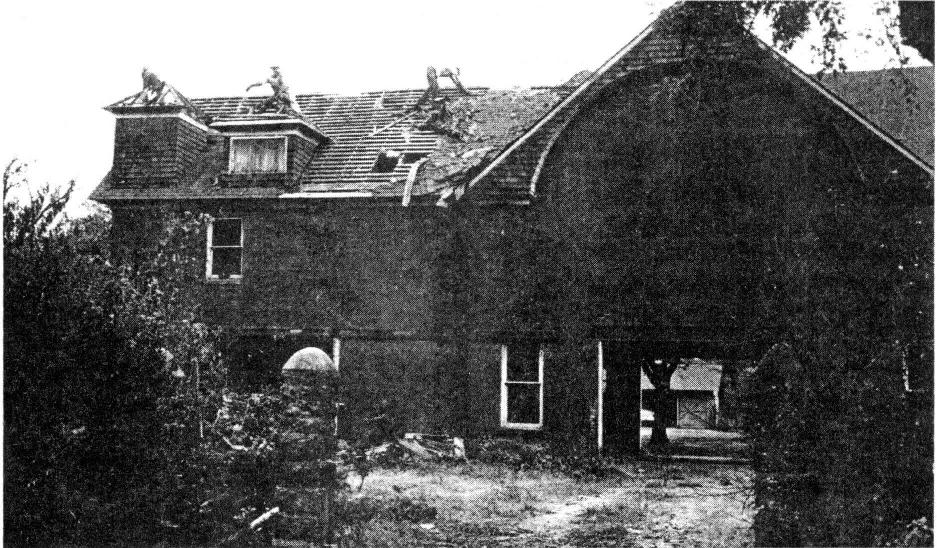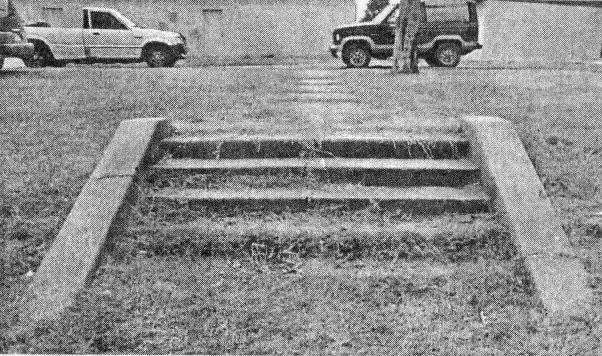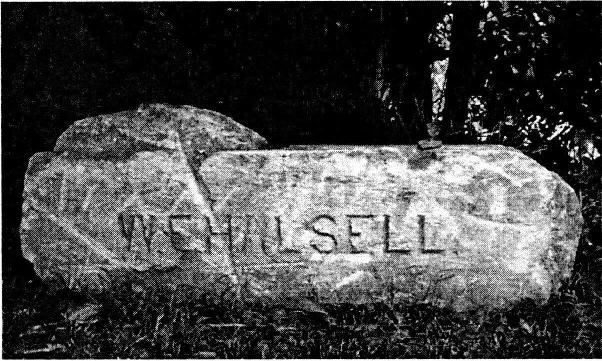The Halsell Mansion
Forty six years
ago, one of Vinita*s
most enchanting and historical homes was demolished. This beautiful
mansion had been the scene of countless social events during the time
that two generations of the Halsell family lived there.
The highly successful and well-respected cattleman and businessman William E. Halsell bought the house In 1882 while It was still unfinished. Apparently. the original builder ran out of money and Mr. Halsell, although wealthy, was not immune to the lure of a good bargain. Since he was born in a humble log house in Alabama, having a beautiful home must have been especially rewarding to William. He grew up in Texas and at age 18, became a trail driver on the Chisholm Trail Later, as a well, established cattleman, he married Mary Alice Crutchfield when he was 22 and she was 18. William *s marriage to Alice, who was part Cherokee, enabled him to claim a homestead that eventually became the largest ranch in the Tulsa area during the 1880's and 1890*s. But the Halsells decided not to live on the ranch, choosing in stead the convenience and culture of a bustling frontier town.At the time they moved into their spacious Vinita house, their eldest child, Willie Edna was 9 years old and their only son, Ewing, was five. After only two years in their new home, Willie died from meningitis at age 11. Ten years after Willie *s death, Mrs. Halsell died at age 50 in 1894. Three years after her death, Mr. Halsell remarried. His new bride, Josephine Crutchfield, was his dead wife*s niece. She was 21 years old, just two years older than Mr. Halsell*s only son, Ewing.By 1907, the year of Oklahoma *s statehood, Mr. Halsell had the house extensively remodeled. A third story ballroom was added and the downstairs space was doubled. The cost was estimated to be $60,000.The house had twenty rooms, six fireplaces. seventy-two leaded glass windows, five bathrooms, a library, and six bedrooms. In addition to the main living room, dining room, and parlor, the Halsells entertained on the lavishly landscaped grounds where a smaller house had room for informal summer parties. Fine hardwoods of oak, maple, and walnut were used for floors, doors, trim, and fireplace mantles. There were two swimming pools, an orchard, and formal gardens brimming with flowers popular during the early 1900's Five care fully mown acres surrounded the house and gardens. The large two-story barn had space for six horses, a buggy, and a carriage. The servants quarters were upstairs. Mr. Halseli was a great dog lover and the servants *duties included care of the dogs and well as the horses.Mr. William Halsell *s three surviving daughters and his son, Ewing, often had parties for their friends at the mansion. Even when travel was limited to trains or horse-drawn carriages, guests came from Oklahoma City and Tulsa to attend events at the Halsell mansion.Because William Halsell was such a prominent figure in Vinita*s public affairs, an invitation to his home was a coveted prize. He was a board member of the Worcester Academy, a benefactor of Willie Halsell College, and he helped build a theater and opera house in town. He was one of the founders of the First National Bank of Vinita (1892.) He purchased numerous blocks of real estate and sold them for huge profits when the population increased due to the railroad expansion.
In 1910, William Halsell and his second wife Josephine moved to Kansas City and Ewing, the oldest Halsell child and only son, moved into the mansion with his wife Lucile Fortner. Lucile was the daughter of a prominent Vinita physician and a classmate of Ewing *s and Will Rogers* when they attended Willie Halsell College in Vinita.Ewing and Lucile continued the Halsell tradition of gracious entertaining; delighting their guests with dinner parties and informal gatherings for many years. But by the late 1940 *s, they were spending more and more time at their other home In Texas where Ewing*s business interests were headquartered.There were fewer and fewer parties at the mansion: and the busy cattleman and his wife spent almost all of their time in San Anto. Only the servants lived at estate, maintaining the grounds and house. Eventually, the Halseliís occasional visits to Vinita stopped together and they made Texas their permanent home. They donated the land and mansion to the Vinita School Board who had it razed in 1956.
The Ewing Halsell Middle School is now located on the grounds where the beautiful mansion once stood. Only a few dilapidated walk-way steps remain as a reminder in town, of the Halsell mansion and the fabulously wealthy people who lived there.
Research credits: Dorothy Nix, Sam Dove, Arthur Frank Wertheim, and Barbara Bair. by Kathleen Duchamp, Vinita Daily Journal, Nov 6-8,2002 |
||||||||
|
Other related links: Halsell
Mansion |
dat 2003



